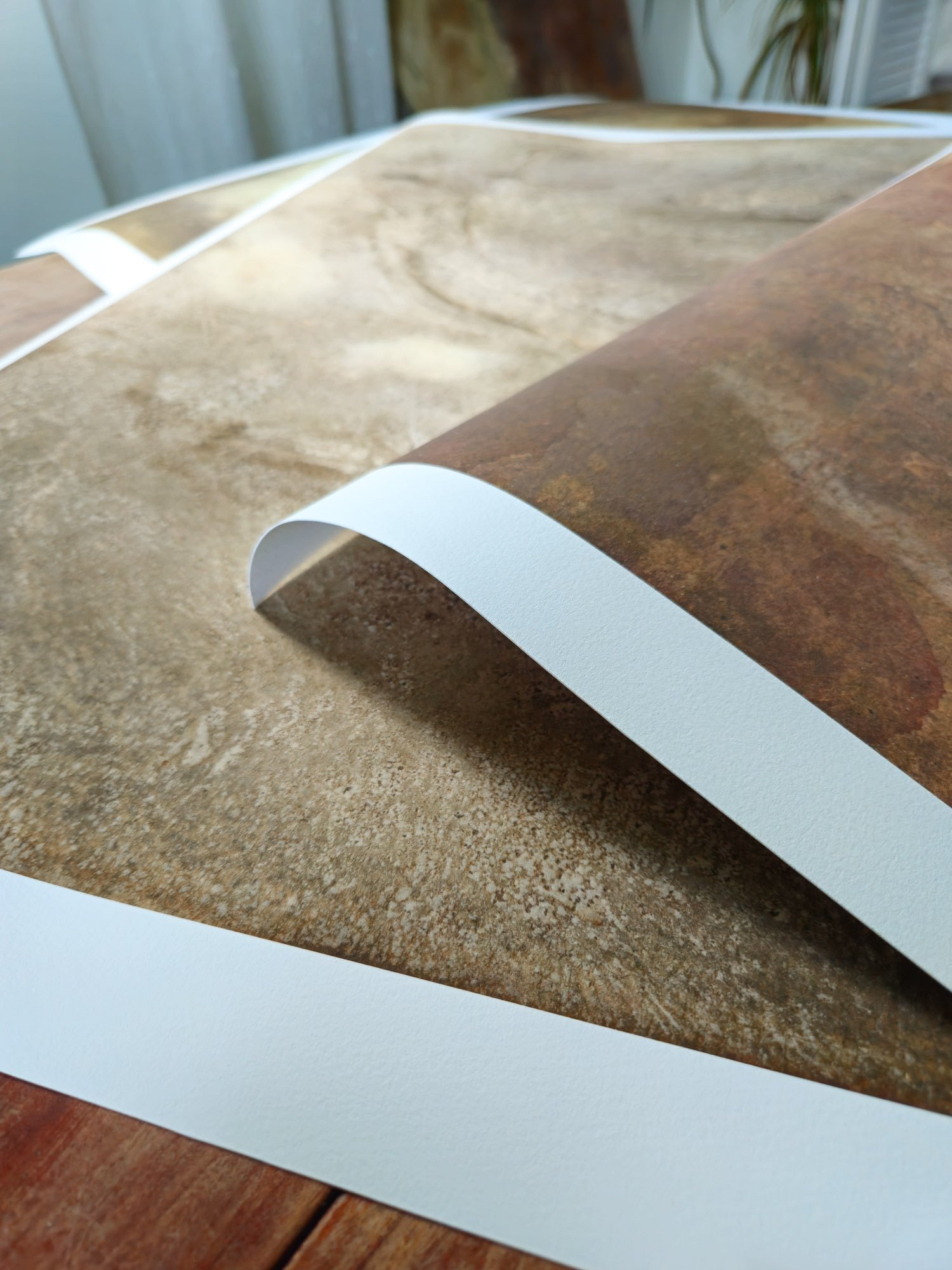What makes a fine art print archival/ giclée?
THE SHORT ANSWER
I use the term archival, however, it goes hand in hand with the term giclée. What makes a reproduction archival/ giclée is the printing process and the type of paper and inks used in this process. These are museum-quality prints. The longevity and quality of an archival print surpass your standard print.
THE LONG ANSWER
It’s all about the inkjet printing process, archival inks, and archival paper.
1.
THE INKJET PRINTING PROCESS
An inkjet printer sprays archival pigment inks onto archival paper. The process of inkjet printing offers a reproduction that picks up on all the depth and texture of the original painting. My paintings are scanned at a very high quality to capture all of the details, then color corrected to match the original.
2.
THE ARCHIVAL INKS
Both the ink and the paper have to be archival to be considered a giclée print. An inkjet printer uses pigment, not dye. A regular printer uses dye, not pigment. Inkjet printers have more ink cartridges than regular printers, which results in greater color accuracy when compared to the original painting.
3.
THE ARCHIVAL PAPER
The reproductions I offer are created on 100% cotton rag watercolor paper. Thick, luxurious, heavy-weight paper. Can't get any better than that! If you're not familiar with watercolor paper, it's slightly textured. Archival paper is acid-free which helps prevent the paper from breaking down and yellowing over time.
HOW TO CARE FOR YOUR ARCHIVAL REPRODUCTION
Hang your artwork in a space that does not get direct sunlight for long periods of time.
Avoid high pollutant areas, such as the kitchen (smoke).
Consider framing with a mat. This elevates the artwork and will provide a barrier between the glass and reproduction, however, it’s not 100% necessary.
Reproductions on cotton rag watercolor paper should be framed behind glass. More info on framing is below. You may consider upgrading to UV protectant glass for further protection.






